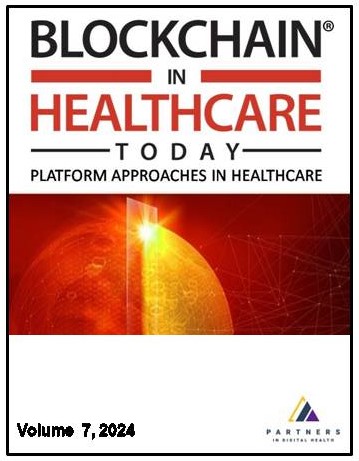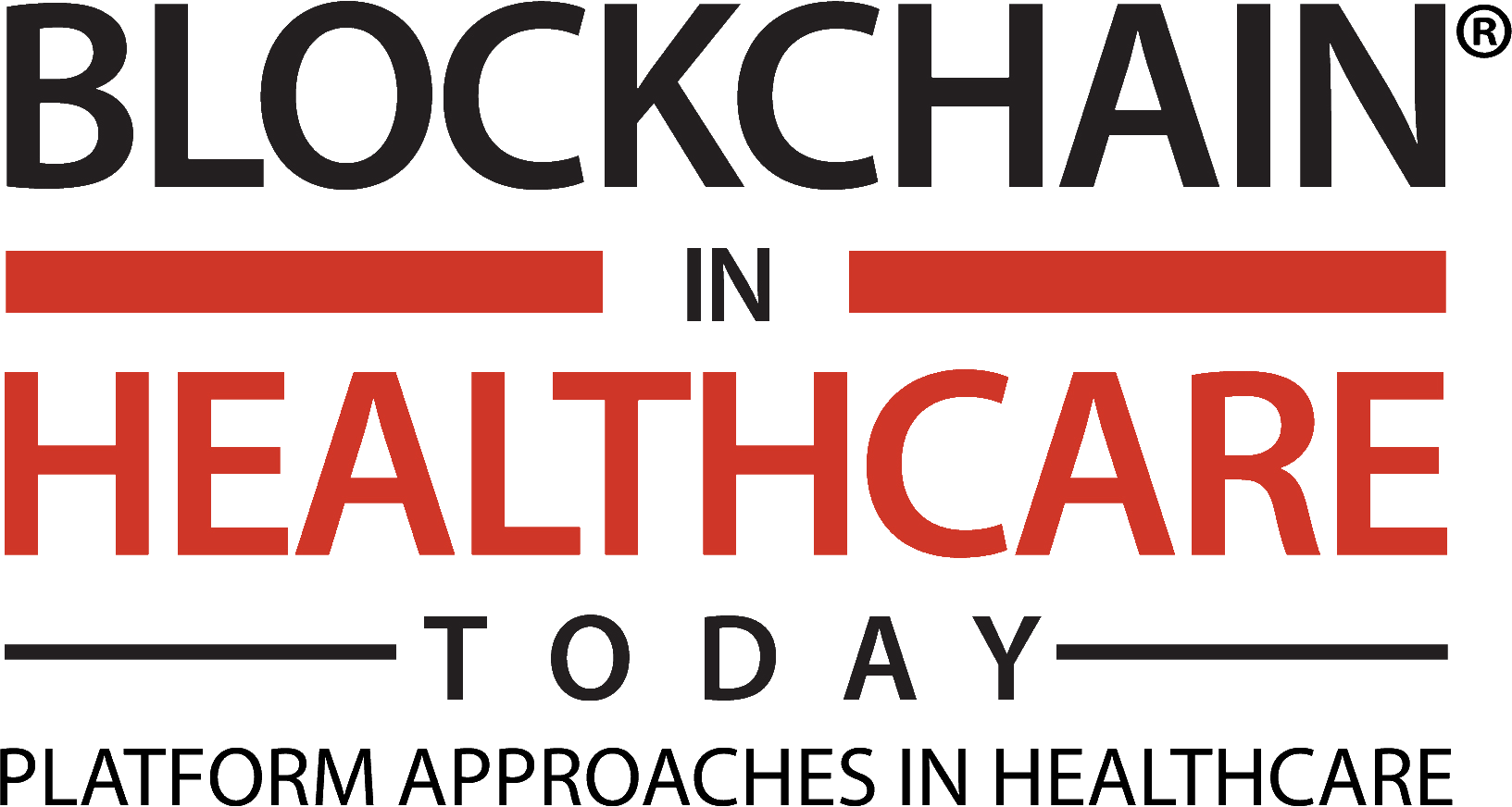
Additional files
More articles from Volume 5, Issue 2, 2022
Technical Design and Development of a Self-Sovereign Identity Management Platform for Patient-Centric Healthcare Using Blockchain Technology
Clinical, Organizational and Regulatory, and Ethical and Social
Health Datasets as Assets: Blockchain-Based Valuation and Transaction Methods
Securing the Chain of Custody and Integrity of Data in a Global North-South Partnership to Monitor the Quality of Essential Medicines
Applicability of Blockchain-Based Implementation for Risk Management in Healthcare Projects
Article views
Improving Transitions of Care: Designing a Blockchain Application for Patient Identity Management
 ,
,
 ,
,
 ,
,

Abstract
Background: The current healthcare ecosystem in the United States is plagued by inefficiencies in transitions of patient care between healthcare providers due in large part to a lack of interoperability among the many electronic medical record (EMR) systems that exist today. Both providers and patients experience significant frustration due to the negative effects of increased costs, unnecessary administrative burden, and duplication of services that occur because of data fragmentation in the system. Blockchain technology provides a solution to mitigate or eliminate these gaps by allowing for healthcare information exchange that is distributed, auditable, immutable, and respectful of patient autonomy. Our multidisciplinary team identified key tasks required for a transition of care to design and develop a blockchain application, MediLinker, that served as a patient-centric identity management system to address the issues of data fragmentation ultimately allowing for the delivery of high value care. Methods: The MediLinker application was evaluated for its ability to accomplish various key tasks needed for a successful transition of patient care in an outpatient setting. Our team created twenty unique patient use cases covering a diversity of medical needs and social circumstances that were played out by participants who were asked to perform various tasks as they received case across a simulated healthcare ecosystem composed of four clinics, a research institution, and other ancillary public services. Tasks included, but were not limited to, clinic enrollment, verification of identity, medication reconciliation, sharing insurance and billing information, and updating demographic information. With this iteration of MediLinker, we specifically focused on the functionality of Guardianship and patient revocation of healthcare information. Additionally, throughout the simulation we surveyed participant perceptions regarding the use of MediLinker and blockchain technology to better ascertain comfortability and usability of the application. Results: Quantitative evaluation of simulation results revealed that MediLinker was able to successfully accomplish all seven clinical scenarios tested across the twenty patient use cases. MediLinker successfully achieved its goal of patient-centered interoperability as participants transitioned their simulated healthcare data, including COVID-19 vaccination status and current medications, across the four clinic sites and research institution. In addition to completing all key tasks designated, all eligible participants were able to enroll with and subsequently revoke data access with our simulated research site. A high degree of data accuracy was noted with most errors occurring due to inaccurate data entry from user input. Our qualitative analysis of user perceptions indicated that comfortability and trust with blockchain technology, such as MediLinker, grew with increased education and exposure to such technology. Conclusion: The ubiquitous problem of data fragmentation in our current healthcare ecosystem has placed considerable strain on providers and patients alike. Blockchain applications for health identity management, such as MediLinker, provide a viable solution to stem the inefficiencies that exist today. The interoperability that MediLinker provided across our simulated healthcare system has the potential to improve transitions of care by sharing key aspects of healthcare information in a timely, secure, and patent-centric fashion allowing for the delivery of consistent personalized high-value care. Blockchain technologies appear to face similar challenges to widespread adoption as other novel interventions, namely recognition, trust, and usability. Further development and scaling are required for such technology to realize its full potential in the real-world and transform the practice of modern healthcare.
Keywords
References
Citation
Copyright
This is an open access article distributed under the Creative Commons Attribution License which permits unrestricted use, distribution, and reproduction in any medium, provided the original work is properly cited.
Article metrics
The statements, opinions and data contained in the journal are solely those of the individual authors and contributors and not of the publisher and the editor(s). We stay neutral with regard to jurisdictional claims in published maps and institutional affiliations.

